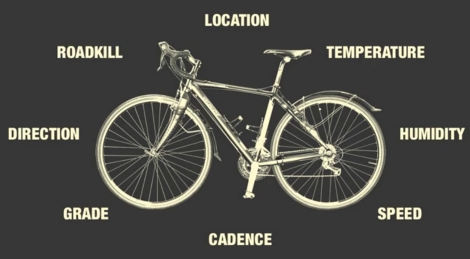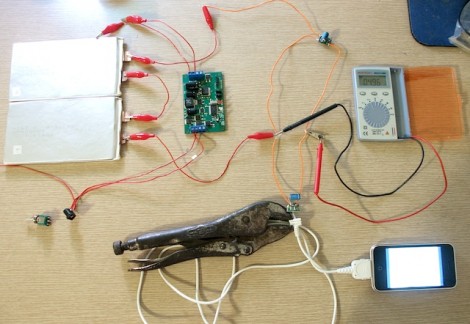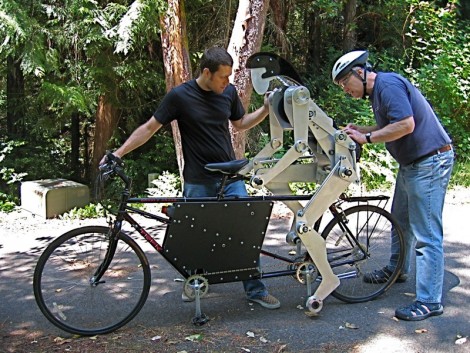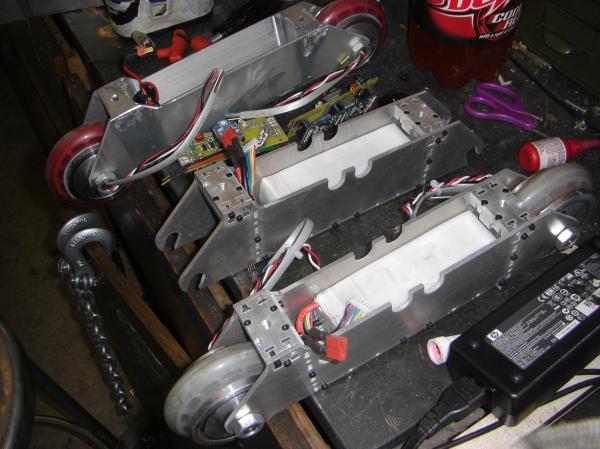
This is Precious. Precious is a bike that the folks over at BreakfastNY have anthropomorphised for a good cause. By adding sensors for a variety of data sources to the bike, and transmitting them back to a server via a cellular module, Precious can spit out cheeky comments about the ride on its Twitter feed. Right now Precious is on his way across the country powered by his rider, Janeen, to raise money and awareness for cancer research. You can track the progress, enjoying some attractive web design and reading the oft-beligerant comments from the bike, at yesiamprecious.com.
Although there’s no specifics about the hardware, we saw the typical project box during the teaser video. Inside you’re sure to find the usual suspects. Considering that speed, cadence, grade, temperature, humidity, and GPS data are all available on high-end bike computers we hope they found a way to just read in that data. But your guess is as good as ours; start speculating in the comments.















